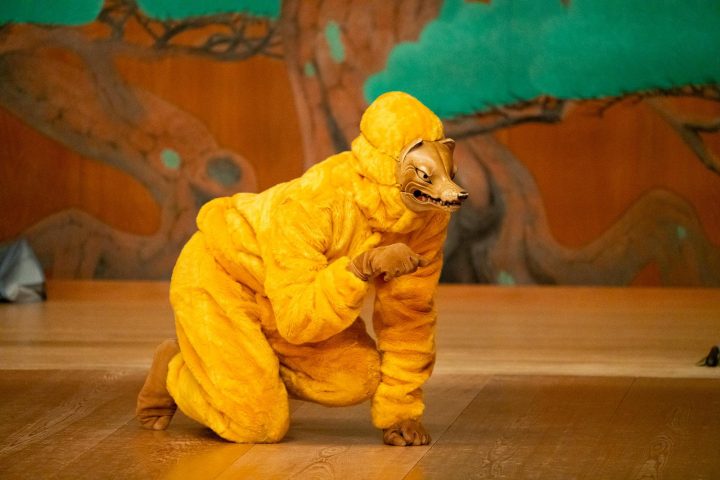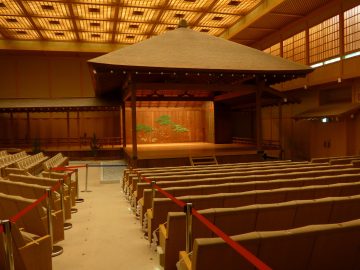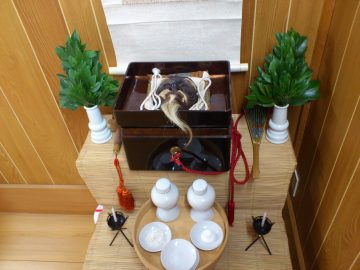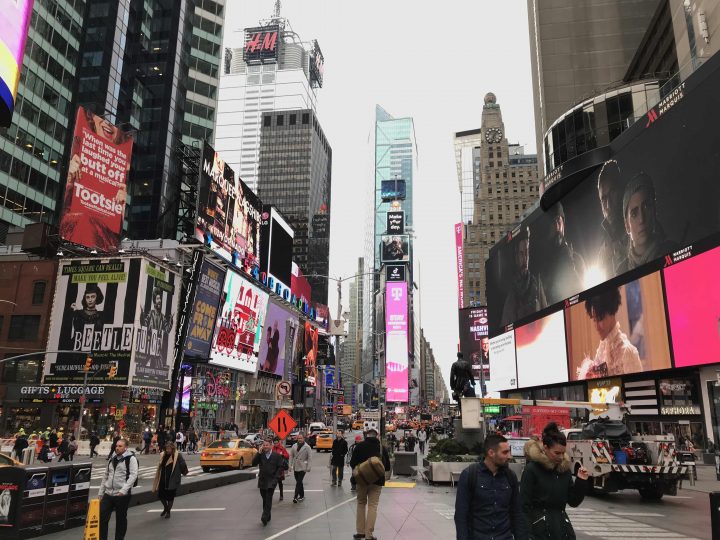Kanagawa Re-Classical Project 2017 in Oiso
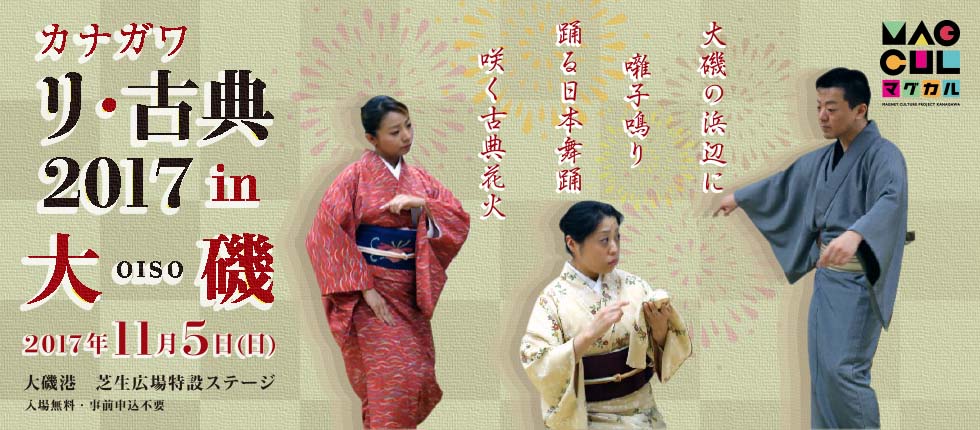
・This year's re-classical performance will be the Kabuki dance Nagauta ``Tooiso Yuen Shunkoma''. First of all, what is the difference between Kabuki dance and Japanese dance?

Mr. Tokitaro Hanayagi
Tokitaro Hanayagi: The parent form of Japanese dance is Kabuki. To put it simply, the origin of Japanese dance is the dance scene of Kabuki, and during the Azuchi-Momoyama period, Izumo Okuni started Kabuki dance, and because it was boring to dance only, he added drama. , which gradually became independent, is said to be the beginning of Japanese dance.
・So Japanese dance was derived from Kabuki. Tokitaro Hanayagi is a member of the Hanayagi School, but what other schools of Japanese dance are there?
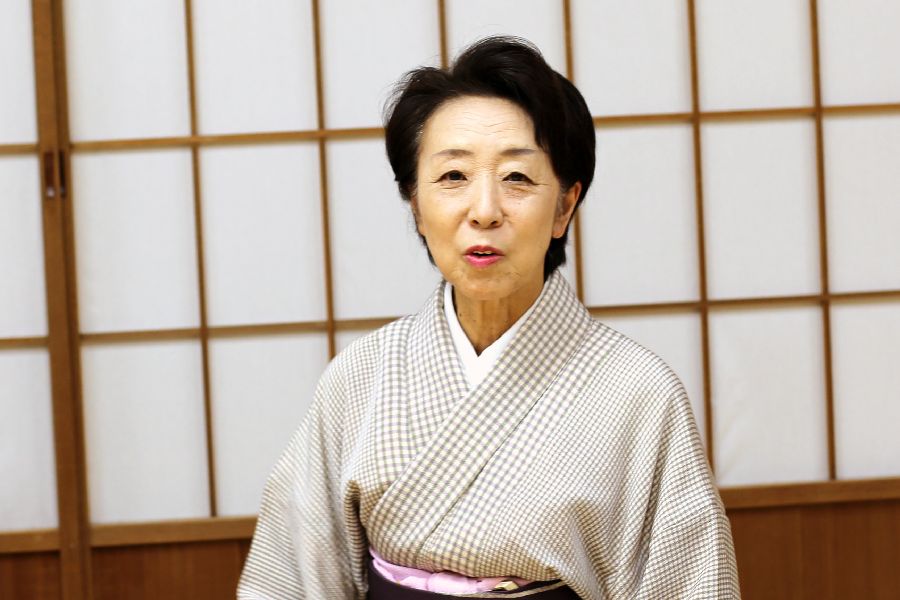
Ms. Ogichiyo Nishikawa
Ogichiyo Nishikawa: There are about 120 schools across the country that belong to the Japan Buyo Association, but if you include individuals, there must be a huge number of schools. Among them, the five major schools are Hanayagi-ryu, Fujima-ryu, Wakayagi-ryu, Nishikawa-ryu, and Bando-ryu. Among them, Hanayagi-ryu is said to be a more elaborate and gorgeous dance with a relatively large amount of choreography. In addition, Nishikawa-ryu has its own characteristics, such as the fact that it created furi for Kabuki actors, so the furi is large and has a classical style.
・How did Tokitaro Hanayagi decide to do Japanese dance?

Tokitaro Hanayagi: I think it all started when my parents took me to see a play when I was 4 years old. That was about 50 years ago. Back then, it was common for women in the past to play the koto and perform classical performing arts. Things like flower arranging and tea making weren't anything special, but I learned them from a teacher in my neighborhood. In modern terms, I think I naturally fell in love with Japanese dance, such as hula dancing and aerobics.
・What kind of activities do you usually do?

Tokitaro Hanayagi: I go to high schools to teach dance, give lessons, think about choreography and the composition of recitals, and dance myself. Lately, when I talk to their parents, I feel that there are many children who don't have much emotional contact with their children. In this day and age, the number of children is decreasing, and I think it's important to have a practice room where people from different generations can interact, and this isn't just limited to Japanese dance. I think there are times when it can be difficult to find your place in a normal life.
・It's wonderful that the rehearsal hall becomes your own place. I think that for students and small children, there are few opportunities to experience traditional performing arts unless their parents give them an opportunity to do so.
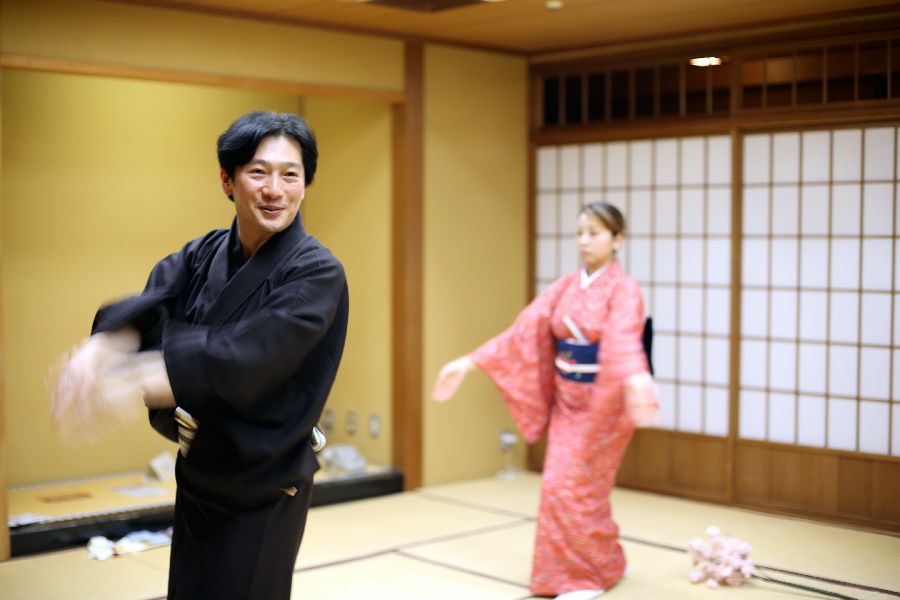
Tokitaro Hanayagi: Japanese dance is not only about dancing, but also about learning etiquette during rehearsals. There are many things that you can learn naturally if you practice them from a young age, such as standing neatly, dancing, using a fan, sitting straight and bowing. At the Japan Dance Association, we also put a lot of effort into nurturing children, so we incorporate old Japanese games into our lessons. I think this Re-Classical event is also a very good thing because it provides an opportunity for young children to see classical performing arts.
・What is the appeal of Japanese dance?
Tokitaro Hanayagi: It's so familiar to me that there are parts of it that I don't understand, but men don't necessarily play male roles; they can also play female roles. Maybe I'm attracted to the ability to transform, wearing different costumes and acting out roles. Also, it may be a good idea to have a place where you can free your mind, such as in the practice hall, where you can talk with your friends about problems that you would not be able to talk about at home.
・From now on, I would like to ask you about the repertoire for classical music. What is the content of the Nagauta ``Tooiso Yuen Shunkoma''?
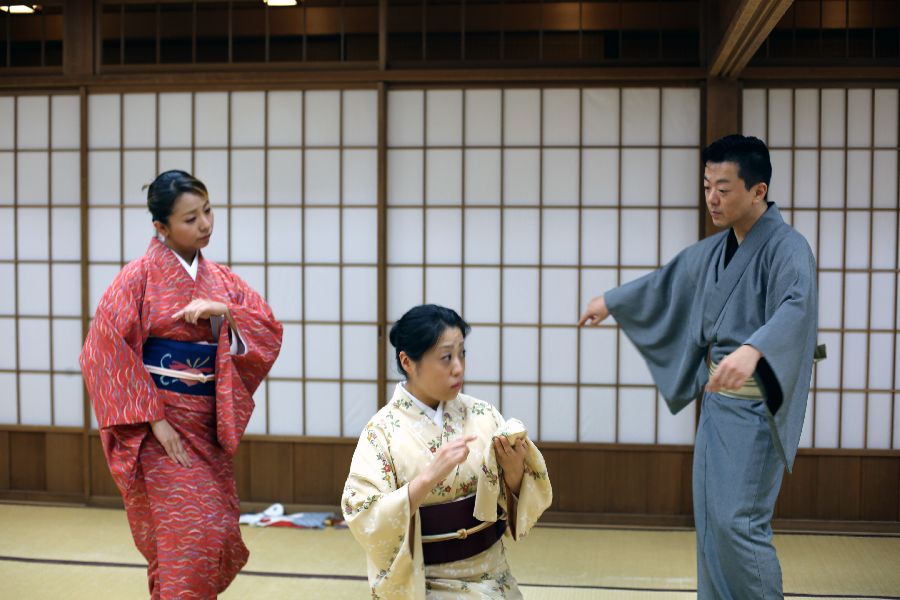
Tokitaro Hanayagi: Since this year's show will be held in Oiso, I decided to focus on the famous revenge of the Soga brothers during the Kamakura period, which takes place between Odawara and Oiso. This is a story that is said to be one of Japan's three great revenge stories, in which Soga Juro and Goro seek revenge after their father was killed. The Soga brothers' older sister's name is ``Ninomiya'', Juro's lover is ``Tora of Oiso'', Goro's lover is ``Major General of Kewaizaka'', and many other place names around Oiso are mentioned. So I think it's easy for everyone to get along.
・Please tell us the highlights in detail.
Tokitaro Hanayagi: At Re-Classical, we assume that there will be people who have never come to see Japanese dance at all, so we will use gorgeous, extravagant choreography, costumes, and props. For the time being, I decided to play the roles of the Soga brothers' lovers, ``The Tiger of Oiso'' and ``The Major General of Kosekezaka'', in order to focus on the idea that the female roles were all beautiful and gorgeous. Even if you don't understand the story, I think you'll have fun just watching it, so don't think too hard about it, and please bring your little ones along to see it.
I'm a traveling man, and the host, MITSUMI, is a daughter of an innkeeper in Oiso-juku.Before the performance, I'm planning to give an easy-to-understand theatrical explanation, so I think it'll be fun and easy to understand.
・From now on, we would like to ask all the performers about their enthusiasm for re-classicals.
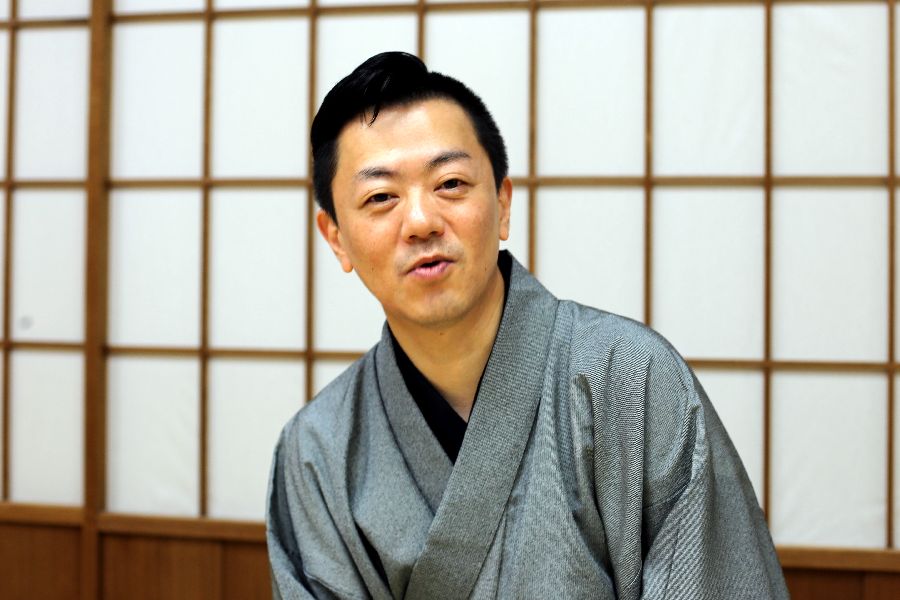
Mr. Izumi Tokuyasu (Asahina sister Maizuru)
I want to make it a performance that you can enjoy without thinking too much about it, without thinking too much about it. The area around Oiso is a treasure trove of history, so I think it's very meaningful to hold Sogamono there. This time, I want everyone to see something gorgeous, so I'll replace it with a woman's item. If you do an online search for the Soga brothers' lovers, ``Tora of Oiso'' and ``Major General of Kosekizaka,'' you should be able to find them quickly. This is the age of the internet, so please try searching. We hope that this will be an opportunity for people to learn about its history.
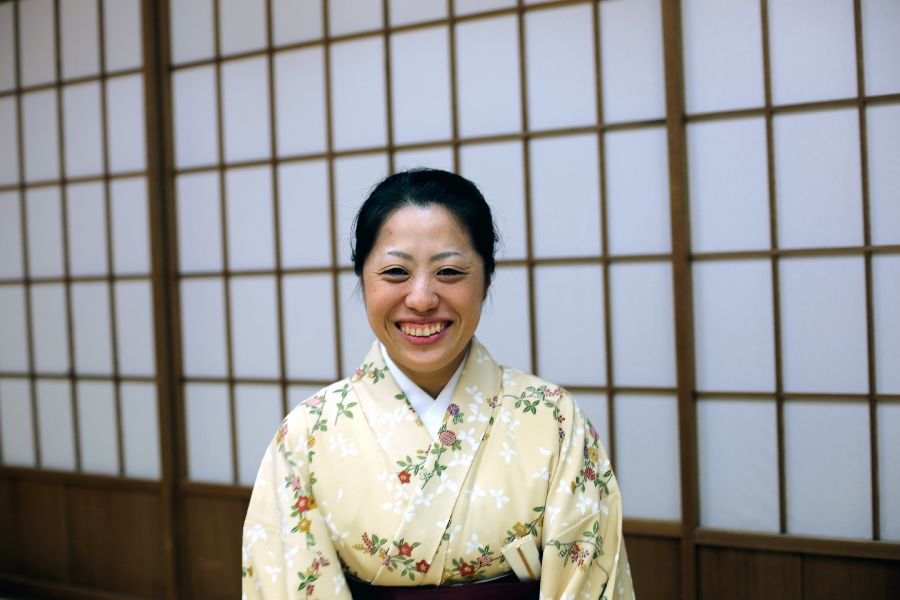
Hiroe Iwai (Harukomauri Ocho, actually Major General of Kosekezaka)
I went to see Re-Classical when it was held at Oyama in Isehara, so I was surprised that I would be dancing this year. My mother loved dancing, but was unable to do so due to illness. That's why I had a passion for children, and I've been dancing ever since I could remember, and I've been dancing for 33 years now. It's my first time performing with this group, so I'll be studying and dancing as hard as I can. I would be happy if as many people as possible could become interested in Japanese dance through Re-Classical.
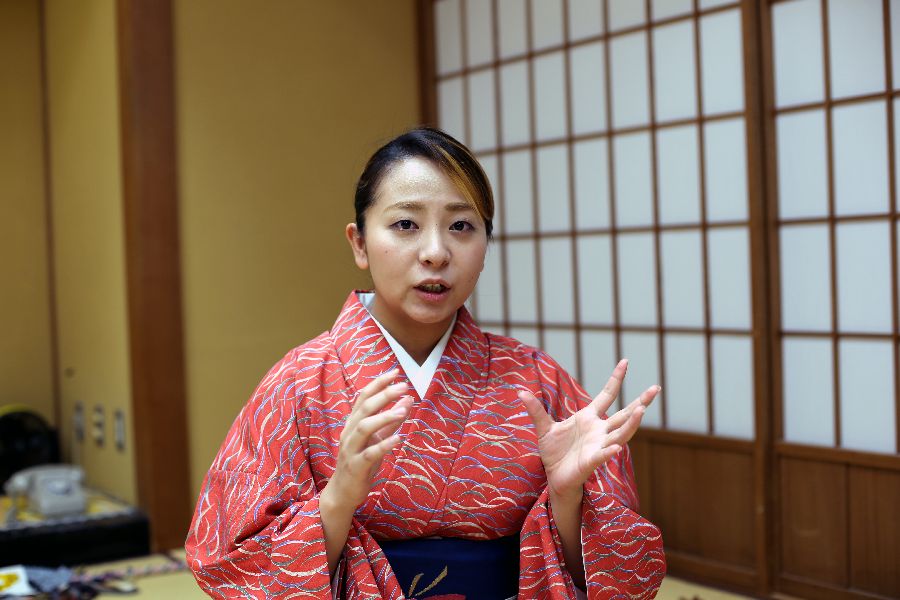
Izumihide Aya Kasumi (Harukomauri Otori, actually a tiger from Oiso)
The day of Re-Classical is also the day when the Oiso Shukuba Festival is held. I think there are many people who come to Oiso for purposes other than just watching the dances. My grandfather was a Japanese dancer, and he took me with him when I was 5 years old, and I've been doing it for 20 years. It is meaningful to perform content that is familiar to Oiso and Ninomiya in Oiso, but since we will be collaborating with classical and contemporary works, I would be happy if people could understand the form of Japanese dance in a wide variety of ways. .
・Although he will not be performing this time, we asked junior high school student Ryuse Itakura, who came to help at the rehearsal room, about the appeal of Japanese dance.
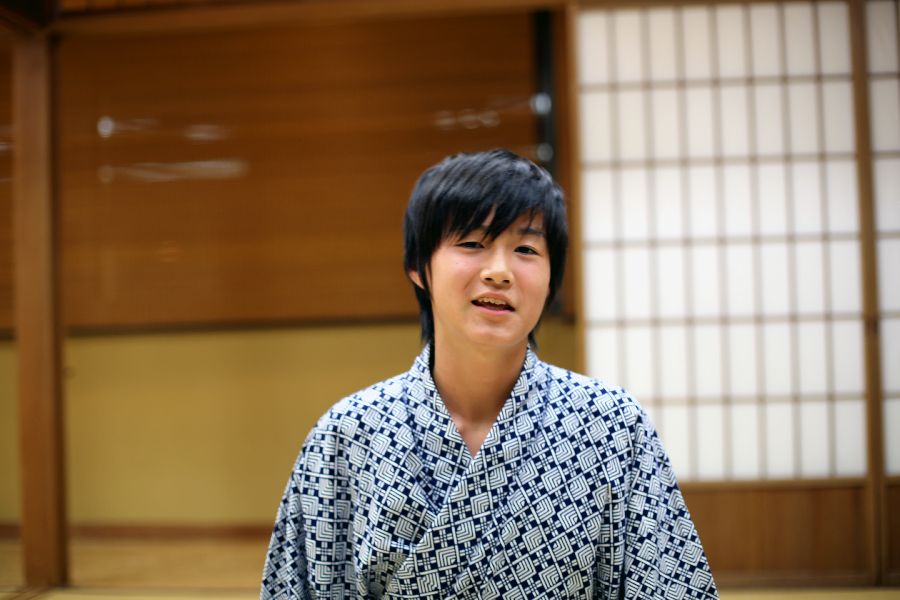
Ryuse Itakura
Recently, robots, AI, and other machines have been increasing in the world. I think Japanese dance is unique, depicts the heart, and has a power of expression that robots simply cannot. I feel that Japanese dance is wonderful because it is a classical art with richness of spirit and delicate movements that only humans can perform.
On the day of the event, in addition to the Kabuki dance Nagauta ``Tooiso Yuen Harukoma'', we are also planning a project called ``Hanazakari no Mori'', which is a collaboration between contemporary music and Japanese dance. This time, the choreography and hairstyle will also be arranged in a modern style. I'm looking forward to seeing how Japanese dance, which has been around since the Edo period, and modern music will be intertwined and expressed. At the end of Re-Classical, classic fireworks from the Edo period are set off. This year, please enjoy the world of traditional performing arts in Oiso.
Future activity schedule
53rd Kanagawa Prefecture Famous Japanese Dance Festival
November 23rd (Wednesday/Holiday) 11:30~
Location: Kanagawa Prefectural Youth Center Hall
Price: 6,000 yen (unreserved seat)
Contact 0467-46-2212 Japanese Dance Association Kanagawa Prefecture Branch Office
http://nihonbuyou.or.jp/
